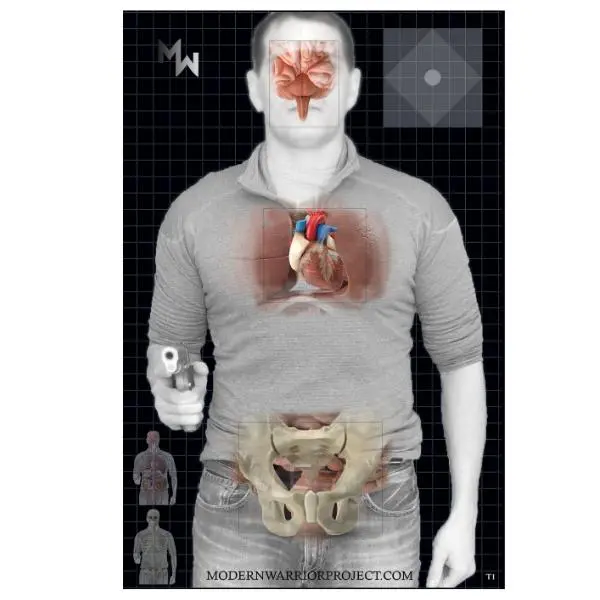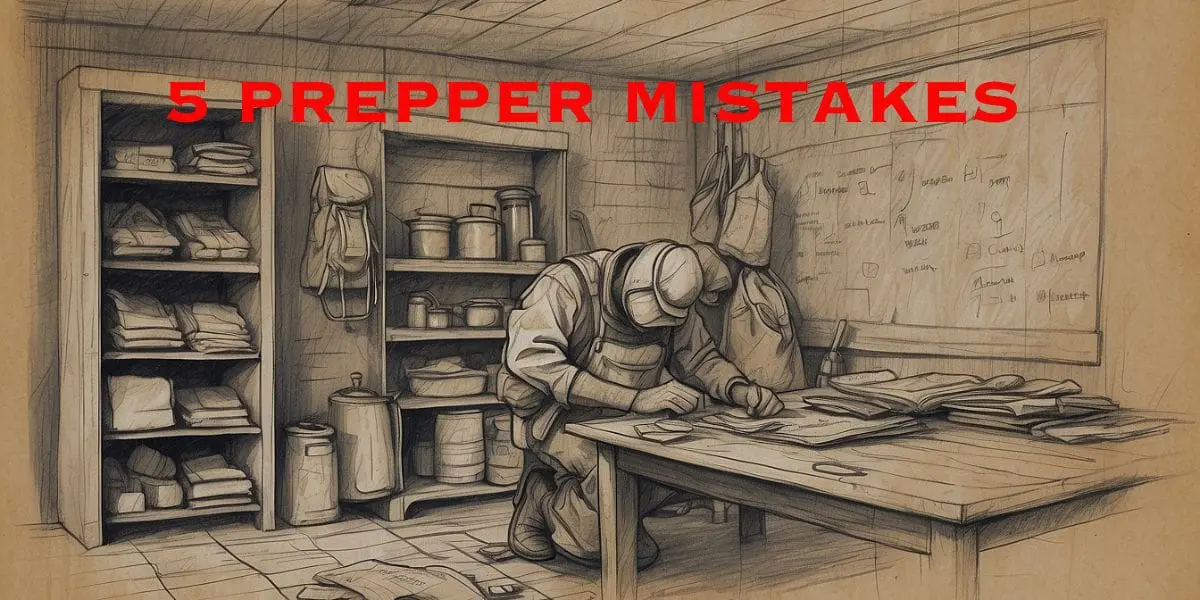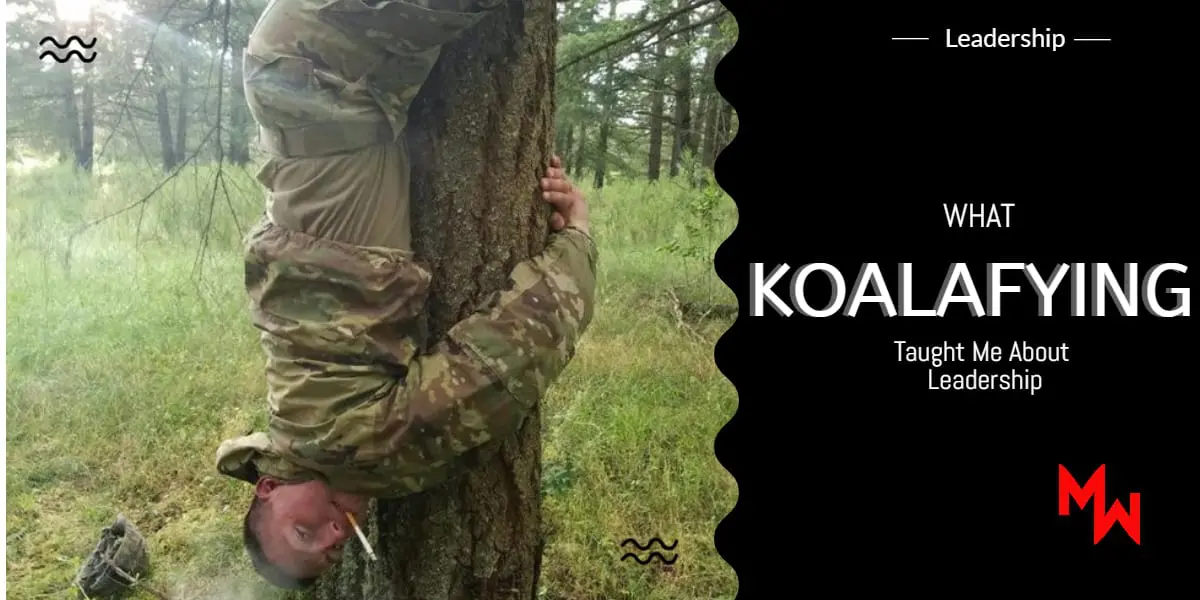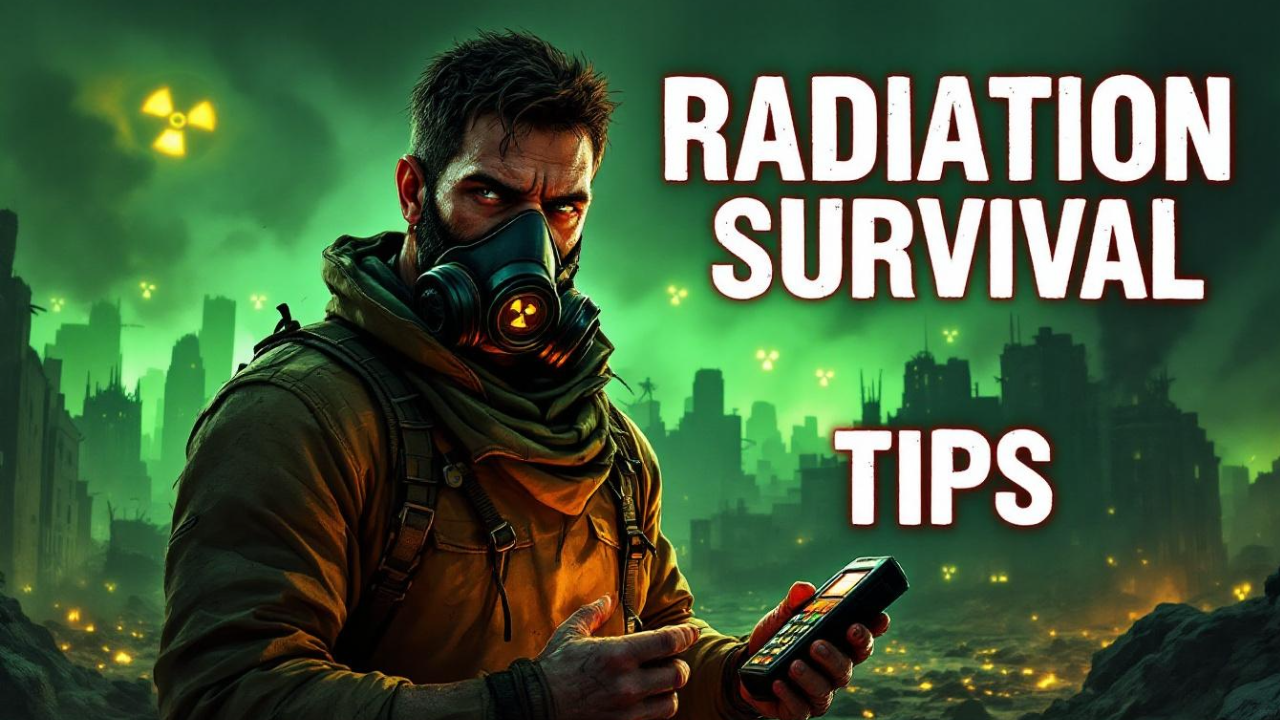Being a firearms instructor is in some ways very similar to being a motorcycle salesman; when new Clients walk in they’ve usually taken care of one of the hardest parts of your job: initial motivation. Unlike those poor high school math teachers who struggle to get students focused on the subject matter or help illustrate why math is relevant and can have a real effect on their lives, most shooters have already given in to those realities and are seeking out professional education because they really do care and are legitimately interested in improving their skills. But that initial motivation can wane quickly when a student doesn’t have the experience they’re looking for in the sport… particularly after they’ve shelled out a pretty penny for a formal course. So rather than learning it the hard (and expensive) way, we’ve put together a quick check list of ways to get the most out of attending a course.
1) Know Your Current Skill Level
One of the single most important aspects of looking into professional training is making sure you understand where you’re starting out. This requires an honest self-assessment and should challenge you to really identify your shortcomings. Doing so will keep you from attending a course that’s not the right fit for you. Picking one that’s too advanced can leave you frustrated and potentially lower your confidence or push you away from the shooting sports altogether. Selecting one that’s below your level may serve as a great fresher but ultimately it isn’t likely help you progress. Either way, there’s a huge potential to be wasting time and money.
2) Have a Specific Goal & Look for a Course that Supports It
Once you’ve identified your training gaps you can begin to prioritize which areas you want to focus on – concealed carry draw, transitions, shoot-no-shoot scenarios, estimating proper windage, low light team tactics, etc. Your decision can be driven by personal interest or professional necessity and can vary greatly between shooters even if they are in the same organization or recreational group. This is the time when you establish what specifically you’re looking to improve and that goal or area of improvement should be the primary purpose behind attending a course.
3) Research the School, Instructors, & Course
Now it’s time to begin the search. With so many options these days it can become difficult to make the decision that best fits your needs. Course offerings, experience, staff, facilities, location, class size, student to instructor ratios, and cost will all come into play here so don’t sell yourself short by going with the first or most popular name in the game. Pay particular attention to the course details and topics covered to ensure the class will address whatever training gaps you’ve discovered. This may sound like a no brainer, but since there’s no industry standard naming convention to indicate specific course content two different companies offering a “Tactical Carbine Level 2” class will likely have very different drills, round counts, classroom instruction, etc. Is the school known for giving “Certificates of Attendance” or do they require demonstrated performance against relevant standards for a student to be considered at graduate?
It’s also important to understand that a school known for doing some things well doesn’t necessarily translate to them doing all things well; a.k.a. the Walmart effect – a shooter instinctively looks to a company they’ve heard of before for any training they’re interested in simply by force of habit rather than really seeing what else is out there. I will never say the big brand companies aren’t all they’re made out to be. They offer incredible instruction and top-notch facilities with extensive course options. But that doesn’t mean you can’t find exactly what you’re looking for from a smaller or specialized school. Credentials are a great place to start looking but don’t feel obligated to overpay for training because the instructor is a combat-tested tactical guru. After all, it doesn’t take a Navy SEAL to teach you basic firearms safety. There are many truly capable instructors that have never spent a day in the military. However, if you’re a police department looking for live-action role-play training for your SWAT team, an NRA Basic Pistol instructor might not be the right answer either.
4) Calculate the True Cost of the Course
Unfortunately, for most of us cost can ultimately become the make or break factor as part of the comparison and selection criteria. That being the case, it’s critical that you really calculate just how much a course is going to be before you make the decision. Once you add in ammunition, new equipment (if necessary), travel, lodging, per diem, etc. a $1,000/3 day course can easily reach $3,000+. Does the class you want to take require a prerequisite training level you’ll need to satisfy first? Some companies offer training options where instructors travel to the Client as a convenient and potentially less expensive alternative to large group resident based classes – Insert shameless plug for the MWP’s Mobile Training Teams…
5) Be Open Minded
Now that you’ve selected the right course for you, it’s time to leave your baggage at the door. There is nothing more challenging to a shooter trying to learn new material than not being able to separate themselves from their already established perspective and habits. Keep in mind you’re spending your hard earned money and time in the pursuit of improvement, not simply so you can show off how good you already are to a captive audience. You must be willing to give the instructor’s new method an honest attempt even if you’re already sold on a particular technique. Usually trying something new can be uncomfortable and that’s when most people stop trying to learn it and simply go back to whatever they use to do.

6) Be Prepared
So you’ve assessed yourself, done your homework, calculated to the bottom line, picked a course, and made the conscious decision to tolerate alternative techniques. All that’s left to do before you show up is get your stuff together. Pay particular attention to the equipment requirements listed on the course website or Welcome Letter. If they aren’t clearly spelled out for you or you still have additional questions, contact the instructor directly. And if there’s no specific contact information for YOUR specific upcoming course… consider finding a new training company.
Here are some of the more common recommendations we suggest to our Clients:
a) Ammo – Generally, there’s no need for match grade or even high end ammunition. However, saving $15-20 by picking up 500 rounds of a very unreliable brand may prove to be more trouble than it’s worth when every drill becomes an Immediate or Remedial Action drill instead.
b) Kit – Clients don’t need to spend a lot of money on the absolute BEST chest rigs, holsters, belts, pouches, factory magazines, etc. when they’re attending a new course. If you know it works for you of course we encourage buying quality once over buying cheap twice, or three times… Often though, attending a course exposes you to the weakness of a certain pouch position, retention device, sexy expensive weapon modification, or sling so waiting until after you finish to decide is a better option when possible. Regardless, bringing very poor quality equipment will definitely degrade your experience, progress, and safety.
c) Magazines – The more you bring, the less time you’ll have to spend administratively reloading them in-between drills, and the more iterations of drills you’ll be able to execute in a row. However, these damn things are expensive. Even reliable aftermarket magazines aren’t priced low enough that most of us want to intentionally drop, kick, fall on, or accidentally lose them. But during most training courses that’s exactly what happens. So if you can’t dedicate a set (3-5) of magazines to “training use only,” then you should pick 1 or 2 that you will use whenever repetitive damage is likely. That way you isolate the brunt of the destructive impacts to keep your other magazines in better condition for actual concealed carry or duty use. In addition, numbering and marking your magazines will enable you to quickly identify and eliminate trouble mags or prevent your magazines from accidentally being picked up by other shooters with the same firearms during a course.
d) Firearms – Nothing’s less productive than showing up ready to shoot with a firearm that isn’t. Taking the time to inspect, maintain, and when able actually test fire your guns before going to a course is a great way to minimize embarrassment and unnecessary downtime. Confirming your rifle’s optics AND iron sights are also often overlooked. Although we don’t agree with this practice, some companies don’t have time built in for a zero-confirmation before the real training beginnings. An improperly zeroed rifle can have devastating effects on training value and performance. Lastly, bringing a back-up firearm can turn a catastrophic malfunction into a minor issue on the range rather than a game ender.
Of course, the most ideal solution to B, C, and D above is taking advantage of companies that offer rental packages. You may see it as a waste of money when you already own similar items. But there are many reasons to pay the small additional charge. Rental gear is usually high-quality equipment because it has to stand up to repeated and hard use. It’s also specifically selected to satisfy the needs of whatever course it’s used for. It provides Clients an opportunity to test different setups and manufacturer’s styles before spending their own money on it. And finally, it’s a lot easier to focus on the drills themselves when you’re not worried about the irreversible abuse you’re subjecting your own personal gear to.
e) Other Considerations – It may seem simple, but checking and dressing for the weather can make a big difference in Client comfort. Bringing sunscreen or other simple medical conveniences like Tylenol or ibuprofen (particularly if it’s a high activity or multi-day course), Pepto-Bismol, eye drops, allergy meds, or Band-Aids will keep you relaxed and focused on the instruction. Water bottles or Camelbaks and easy to eat snacks like peanuts or protein bars help keep hunger and thirst at bay and give you the energy to keep training harder and longer. And of course, extra batteries, spare flash lights, back up ear protection, and a basic firearm maintenance kit will ensure your gear is never the limiting factor in your experience.
7) Remove Distractions
When it’s finally time to hit the range, leave everything else off it. A training environment free from interference is the best canvas imaginable for soaking up every last drop of instruction, both directly from the staff and indirectly through the incidental learning that always occurs while watching and listening to other students executing the same drills. This means don’t bring your cell phones, stop thinking about that looming deadline at work, and try not to measure yourself against the other students. If you have something going on in your personal or professional life that is consuming your attention, consider postponing an upcoming course until you can really focus on it. And if groups aren’t your preferred learning environment, many companies can provide 1-on-1 lessons.
8) Practice After the Course
Of course what training article would be complete without a reminder to keep up with your hard-earned skills after the money is spent and the course is over? Consistent, focused, and proper repetition is the only way to really solidify any muscle memory you’re hoping to develop. After all, courses are simply an introduction to the material they address. Proficiency begins to degrade as soon as the skill set is no longer actively employed and as with all perishable psychomotor functions, it’s far easier to maintain a level of performance than it is to recover it well after it’s lost its potency. With the right preparation and deliberate follow-through, you’ll help guarantee you have the best chance of getting the highest return on your investment possible.
So now that you’re ready to use these tips on your next course head on over and check out the Modern Warrior Training Philosphy to learn more about how we approach training!






























